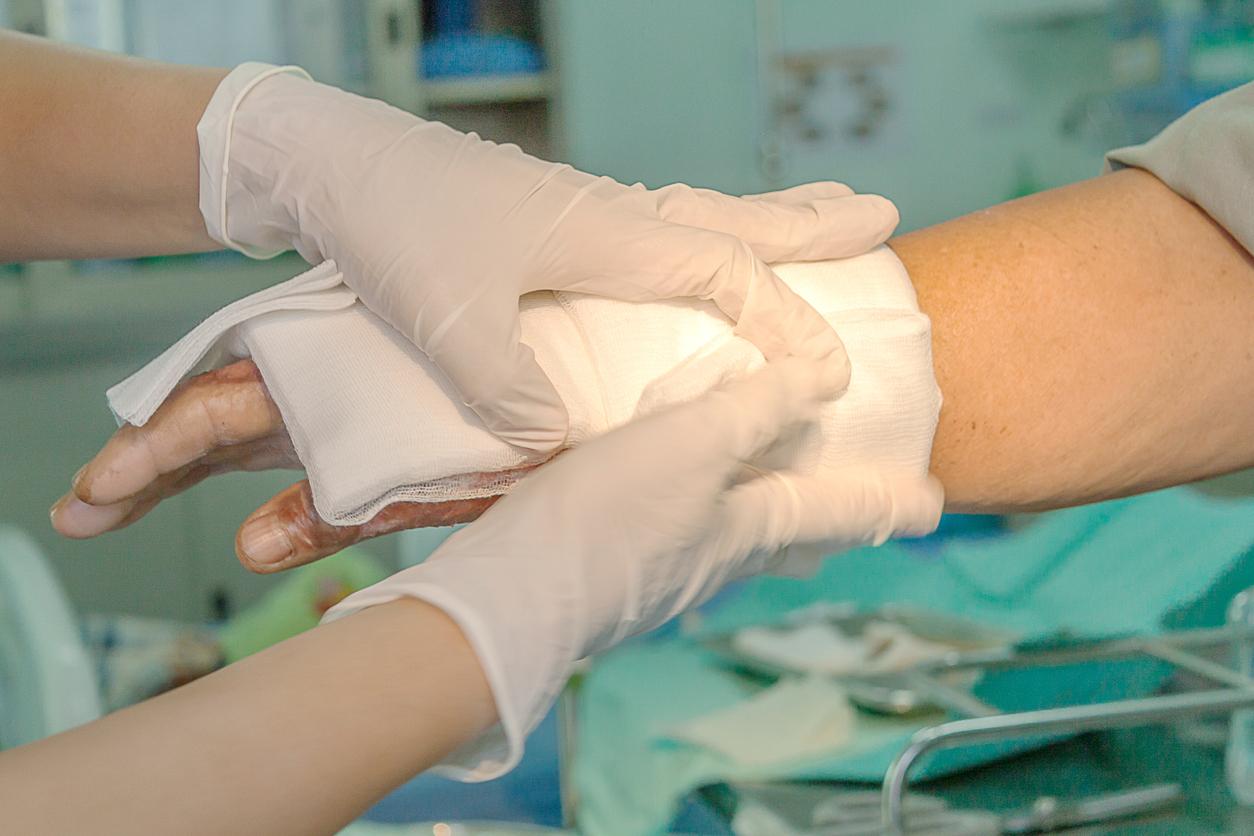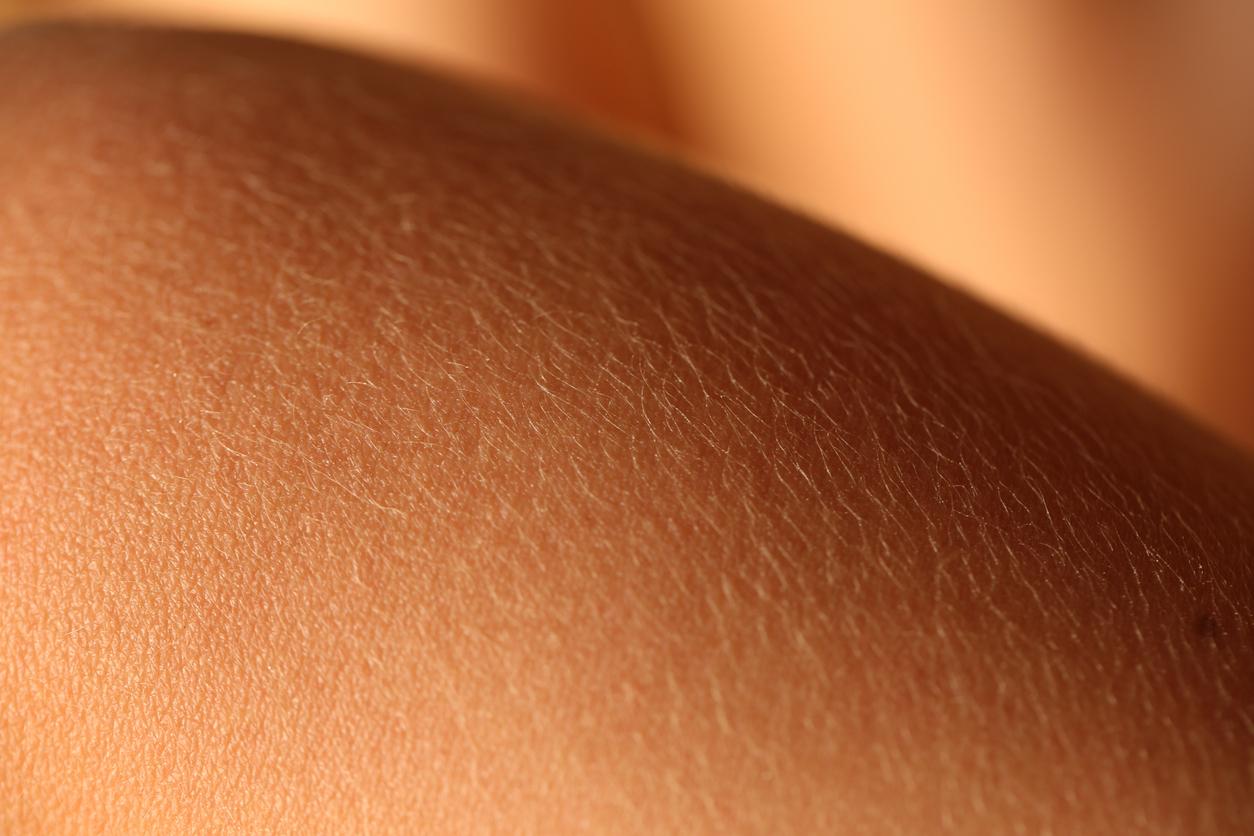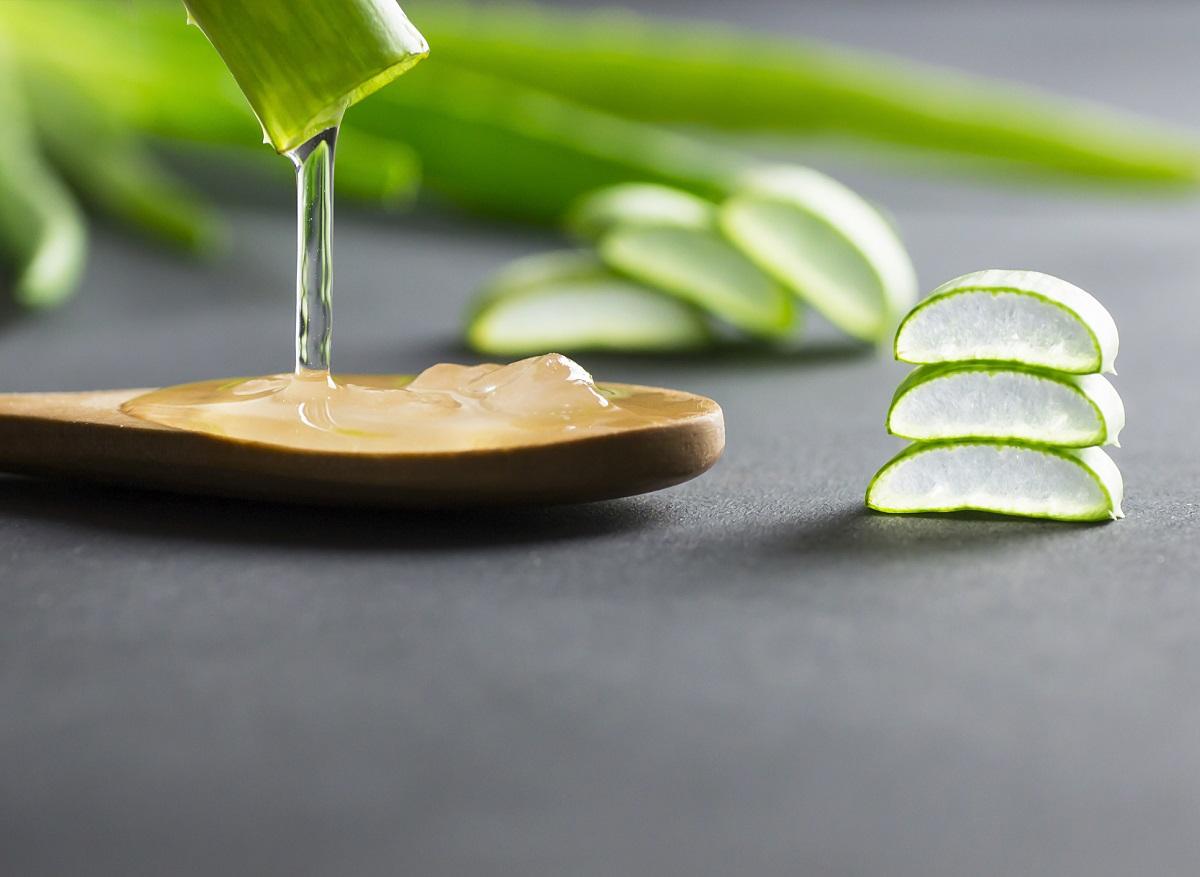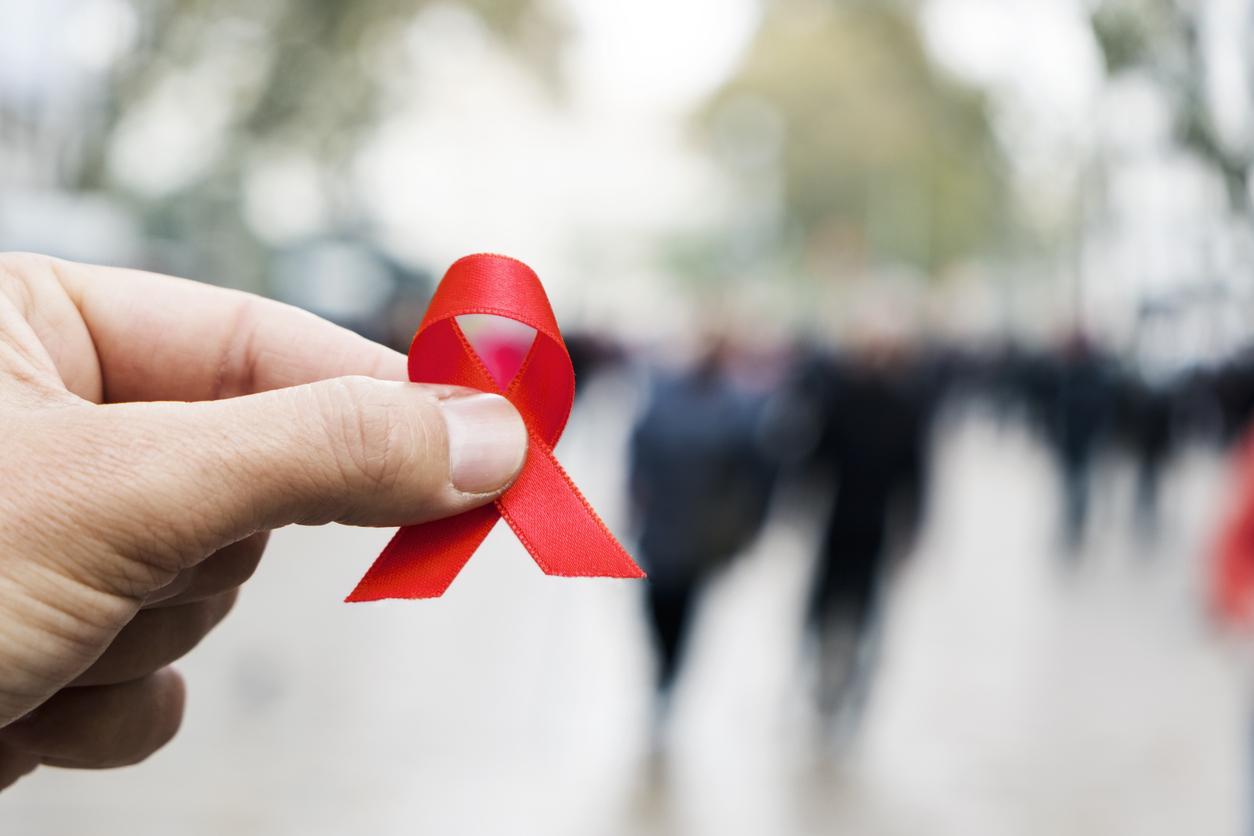For the first time, a Frenchman with 85% burns was able to be treated thanks to a dressing containing hemoglobin from marine worms, which promoted healing of the skin.

- A man with an 85% burn, whose vital prognosis was in jeopardy, was treated with an innovative dressing at the Nantes University Hospital.
- This treatment was made from the hemoglobin of marine worms, which is known for its great oxygenation capacities.
- It made it possible to restart the healing process of the patient, who was transferred to a specialized rehabilitation center after three months of hospitalization.
On December 15, teams from the Nantes University Hospital Burn Center announced that they had saved the life of a man who was burned last summer. The affected area of his body was estimated at 85% deep second degree and third degree. Thus, after the accident, the Frenchman’s vital prognosis was in jeopardy. “This patient’s outlook was complex. Usually for 85% burns, we perform numerous procedures to excise the burns and gradually replace them with the patient’s skin,” has explained Professor Pierre Perrot, Head of department – Plastic, reconstructive and aesthetic surgery – Adult and child burn center at the Nantes hospital. Problem: for this serious burn victim, there are not enough areas of skin that can be removed for a graft.
An innovative dressing that provides oxygen to burned areas
So, doctors decided to use an innovative treatment “in order to try to heal the thorax, abdomen and back without surgery, allowing the graft donor sites for the hands and lower limbs to be preserved.” To do this, they contacted the Breton biopharmaceutical laboratory Hemarina. The firm designed a dressing using hemoglobin from Arenicola marina, marine worms, often called “bloodworms”, found on the beaches of the Atlantic and the English Channel.
The role of the “M 101” molecule, available to the insect, “is to transport oxygen, like human hemoglobin, but it has particularities”. Indeed, the Hemarina company indicates that marine worm hemoglobin carries 40 times more oxygen than human hemoglobin. In addition, it can be injected into the bloodstream thanks to its extracellular nature. “Its size is particularly small: 250 times smaller than the human red blood cell,” can we read on the laboratory website.
Serious burn victim: the treatment restarted the patient’s healing process
According to the Nantes University Hospital, this oxygenating dressing provided continuous controlled and targeted oxygenation to the burn wounds. This helped restart the healing process. The medical team specified that the shift in the ratio of areas to be grafted/areas to be removed brought about by the effectiveness of the treatment had made it possible to transfer the patient to a specialized rehabilitation center after three months of hospitalization. “The effects have been spectacular. This success encourages us to develop innovation in the care of our patients,” added Professor Pierre Perrot.

















